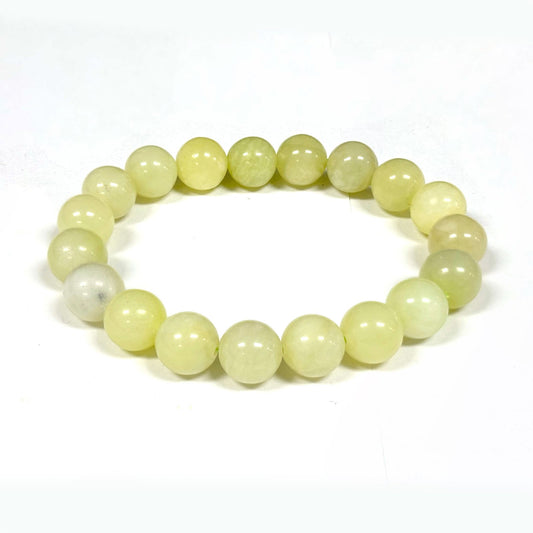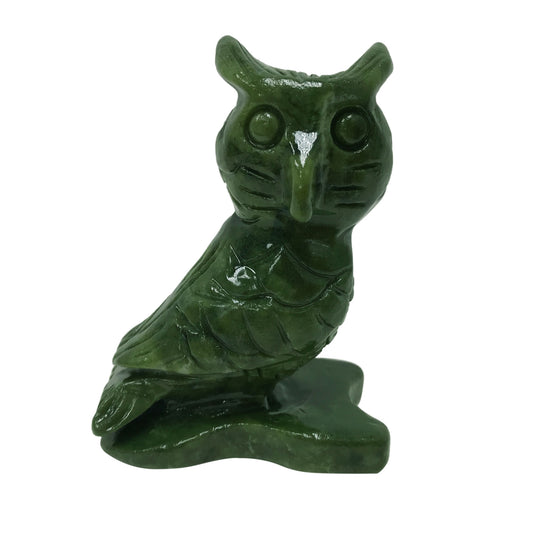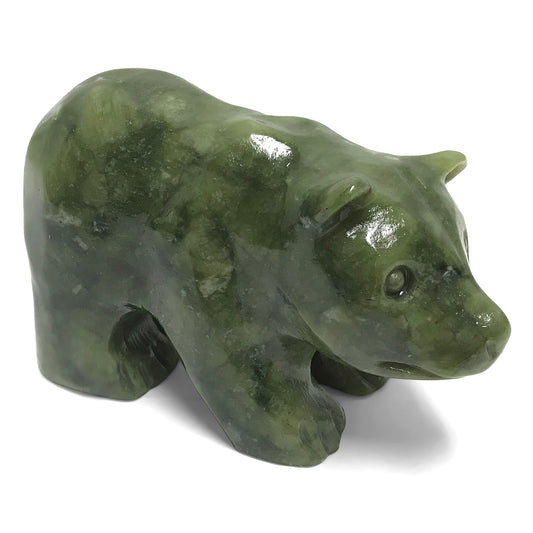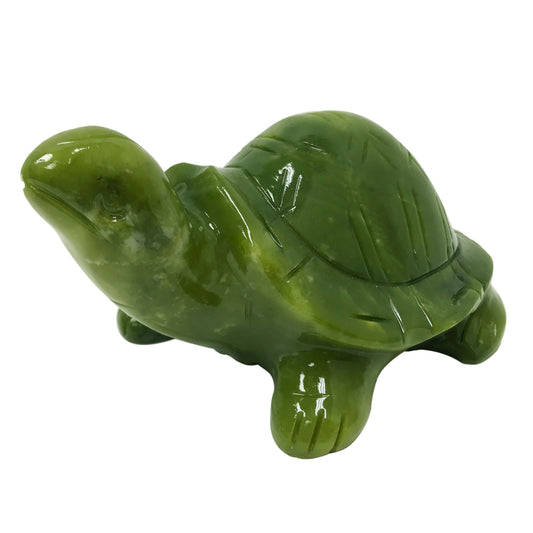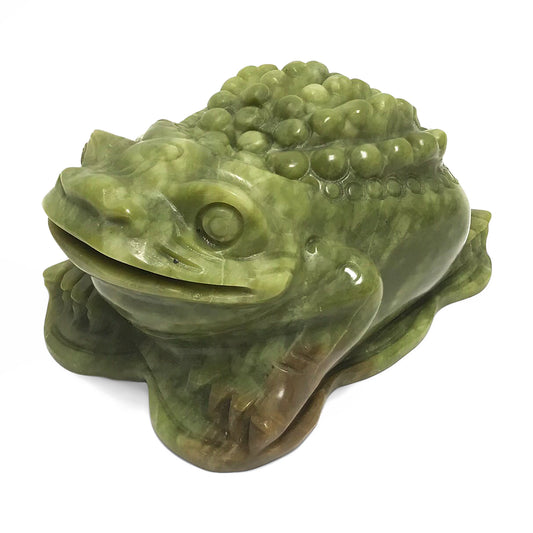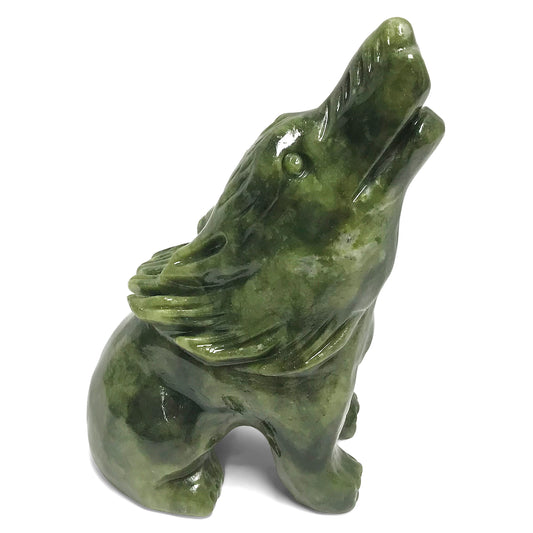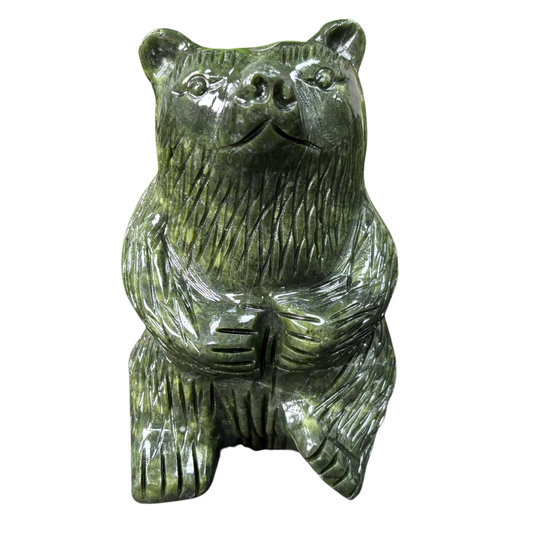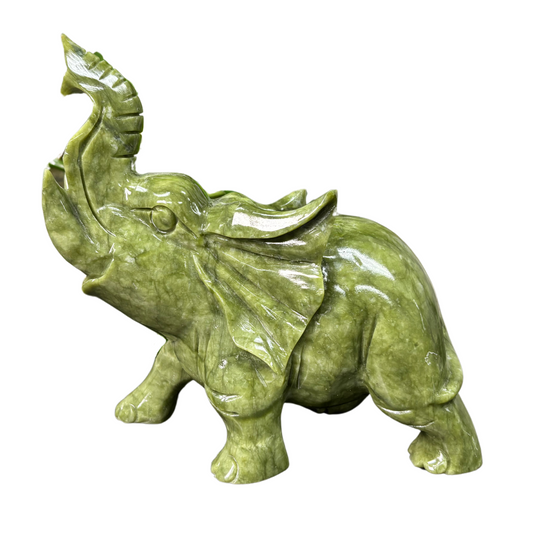Jade Stone
-
Regular price $10.99 USDRegular priceUnit price / per
-
Regular price $17.99 USDRegular priceUnit price / per
-
Regular price $21.99 USDRegular priceUnit price / per
-
Regular price $34.99 USDRegular priceUnit price / per
-
Regular price $43.99 USDRegular priceUnit price / per
-
Regular price $45.99 USDRegular priceUnit price / per
-
Regular price $10.99 USDRegular priceUnit price / per
-
Regular price $59.99 USDRegular priceUnit price / per
-
Regular price $102.99 USDRegular priceUnit price / per
Jade is a semi-precious stone that is treasured for its beauty and durability. It is a type of mineral that comes in a range of colors, including green, white, yellow, and purple. The most common form of jade is green, which can range from pale to dark shades. Jade is often used in jewelry making and is also used in decorative carvings and sculptures.

Jade has been used for centuries in many cultures, often as a symbol of good luck, prosperity, and wisdom. The stone is believed to have healing properties and is used in traditional Chinese medicine to treat a range of ailments. It is also thought to promote balance and harmony, both physically and mentally.
In addition to its aesthetic and symbolic value, jade is also highly sought after for its durability. It is a tough stone that can withstand wear and tear, making it a popular choice for items that will be used frequently, such as jewelry and decorative objects. Overall, jade is a beautiful and versatile stone that has been treasured for centuries for its many qualities.
Uses and Benefits of Jade Stone
-
Jewelry and Accessories: Jade is often shaped into rings, bracelets, necklaces, and earrings, with its durability and natural beauty making it a popular choice for daily wear. Each piece of jade jewelry is thought to carry both protective and balancing energies, making it a meaningful addition to anyone’s collection.
-
Spiritual and Healing Properties: Jade is widely regarded as a "healing stone," with many believing it to have calming properties that encourage emotional balance, reduce stress, and support healing. In crystal therapy, jade is associated with the heart chakra, symbolizing love, compassion, and emotional well-being.
-
Decorative and Cultural Significance: Jade carvings are highly prized in China, representing virtues such as harmony, virtue, and luck. These carved pieces are found in various forms, including statues, amulets, and intricately crafted figurines, which are often displayed in homes as symbols of prosperity and longevity.
-
Skin and Beauty Tools: In recent years, jade rollers and gua sha tools have become popular in skincare, known for their cooling and soothing effects. The smooth texture of jade stone is ideal for massaging and depuffing the skin, leading to an increased sense of relaxation and rejuvenation.
Jade Stone Types
Jade stone, revered for its beauty and significance, primarily comes in two main types: Jadeite and Nephrite. Each type has distinct qualities and colors, contributing to its unique value and cultural importance.
Jadeite
-
Characteristics: Jadeite is rarer and typically harder than nephrite, scoring higher on the Mohs scale. It has a glassier luster, making it a popular choice for fine jewelry and high-end carvings.
-
Colors: Known for its range of colors, jadeite can be found in vivid greens, white, lavender, black, and even blue hues. The most coveted color is the vibrant "imperial jade" green, often translucent and valued for its intense color.
-
Sources: Jadeite is found in Myanmar (Burma), Guatemala, and certain parts of Japan. Burmese jadeite, particularly, is prized for its quality.
Nephrite
-
Characteristics: Nephrite is softer and more abundant than jadeite, often displaying a creamy or fibrous texture. It is generally more affordable and is widely used for carvings, ornaments, and jewelry.
-
Colors: Nephrite usually comes in dark green, gray-green, creamy white (often called "mutton-fat jade"), and even shades of brown and black. White nephrite, known as "white jade," is particularly cherished in Chinese culture.
-
Sources: Nephrite deposits are found in China, New Zealand, Canada, and Russia, with each region producing distinct varieties.
Other Notable Jade Varieties:
-
White Jade: Found primarily as nephrite, white jade is associated with purity and healing energy.
-
Black Jade: A dark, often opaque variety of jade, used for protection and grounding in spiritual practices.
-
Lavender Jade: Typically jadeite, lavender jade is highly prized for its unique color and is symbolic of inner peace and tranquility.
-
Yellow Jade: Less common, this variety represents wealth and joy, frequently used in carvings and pendants.
What is the difference between jadeite and nephrite jade?
Jadeite and nephrite are two different minerals classified as jade. Jadeite is rarer, harder, and often more vibrant in color, while nephrite is more commonly found and has a softer, creamier texture. Both are valued but have unique properties and cultural significance
How can I identify real jade stone?
Real jade feels cool to the touch, even in warm temperatures, and is relatively heavy compared to other stones. To verify authenticity, it’s recommended to buy from a reputable source and check for certifications. Some people also perform a "scratch test" to verify jade's durability, as genuine jade resists scratching.
What are the benefits of wearing jade jewelry?
Many believe jade jewelry promotes physical healing, emotional balance, and overall well-being. It’s thought to protect the wearer from harm and attract positive energy, making it a popular choice for rings, bracelets, and pendants.
Is jade associated with any zodiac signs?
Yes, jade is often associated with the zodiac sign of Taurus and is considered particularly beneficial for this earth sign. It is also commonly recommended for Libra, supporting inner harmony and balance.
Can jade stone be used for meditation?
Absolutely! Jade is known for its calming energy and can be used to support meditation practices, promoting a deeper sense of peace, focus, and spiritual insight. Placing a piece of jade near you during meditation is thought to open the heart chakra and encourage emotional release.
How to care for jade stone?
Jade should be kept away from extreme heat and harsh chemicals. Clean your jade with warm water and a soft cloth, avoiding any abrasive materials. Storing it separately from other jewelry helps prevent scratches and maintains its beauty.

